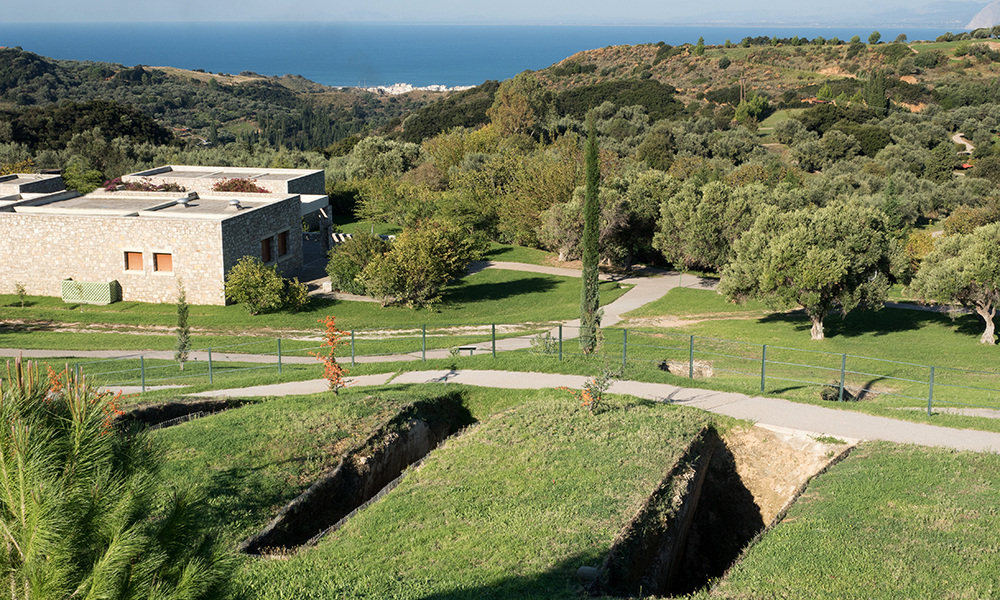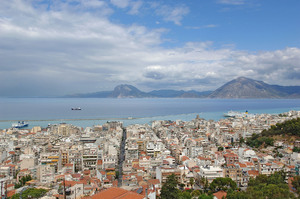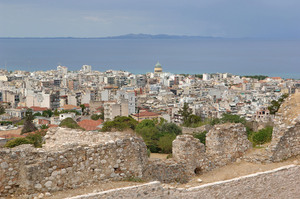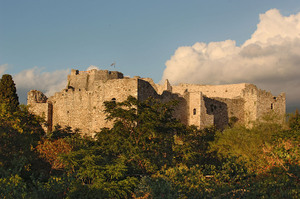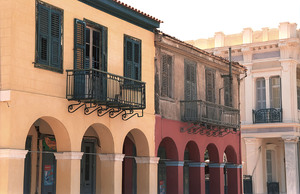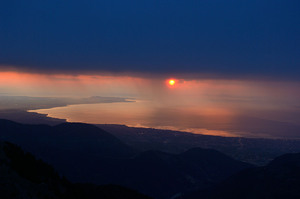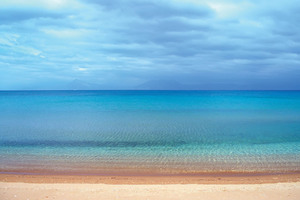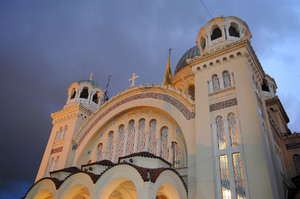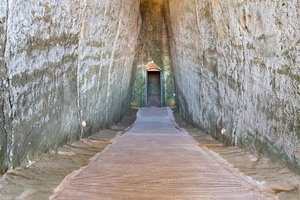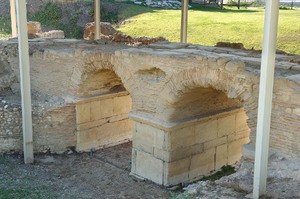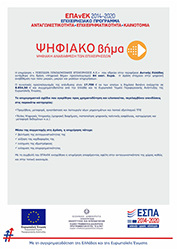PATRAS CITY TOUR
PATRAS CASTLE
It was built in the 6th century A.D. by Justinian in the foothills of Mount Panachaikon and has been connected with the history of the city ever since. It has an outer and an inner wall with towers, battlements and other buildings. It has an amazing view of the city and the Gulf of Patras.
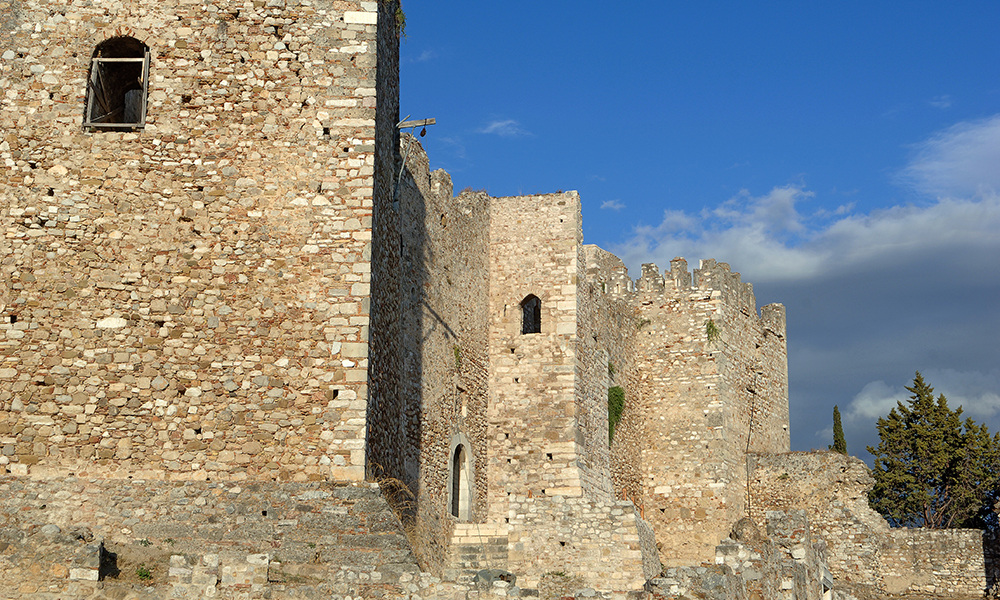
PANTOKRATOR CHURCH
It is located in the Upper Town of Patras and was built on the site of an ancient temple of Zeus. A church was later erected in the same position, which functioned first as an Orthodox, then as a Catholic place of worship, before it was converted into an Ottoman mosque. The existing building dates from between 1835 and 1840 and constitutes a replica of Hagia Sophia in Istanbul.
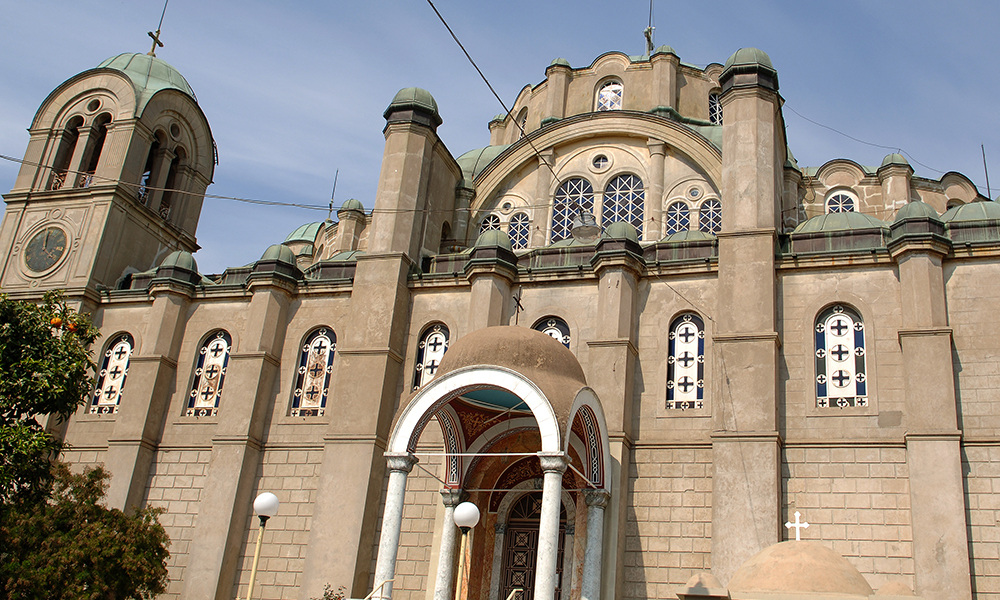
ROMAN THEATRE
It was built before 161 B.C. and is preserved in a very good condition. It can seat approximately 2,200 people and every summer outstanding performances take place there in the context of the Patras International Festival. To the west of this monument lies the Roman Stadium, the excavation of which has not yet been completed, but one can see its eastern side, which is located on Hephaistou Street, in one of the most picturesque parts of the city.
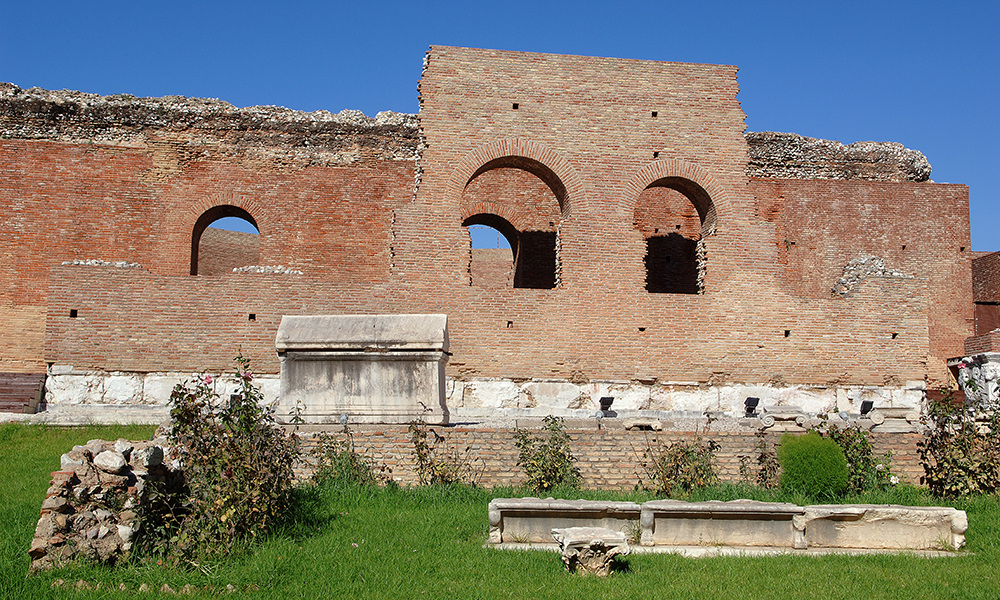
THE CENTRAL BUSINESS DISTRICT OF PATRAS
It is located in the Lower Town and is roughly delineated by 25th March, Agiou Nikolaou, Riga Ferraiou and Gounari streets. It contains both the modern shopping district, which serves the needs of the contemporary citizen, as well as the old commercial area, Markato, with local products, antique shops and traditional cafes, which are reminiscent of older times.
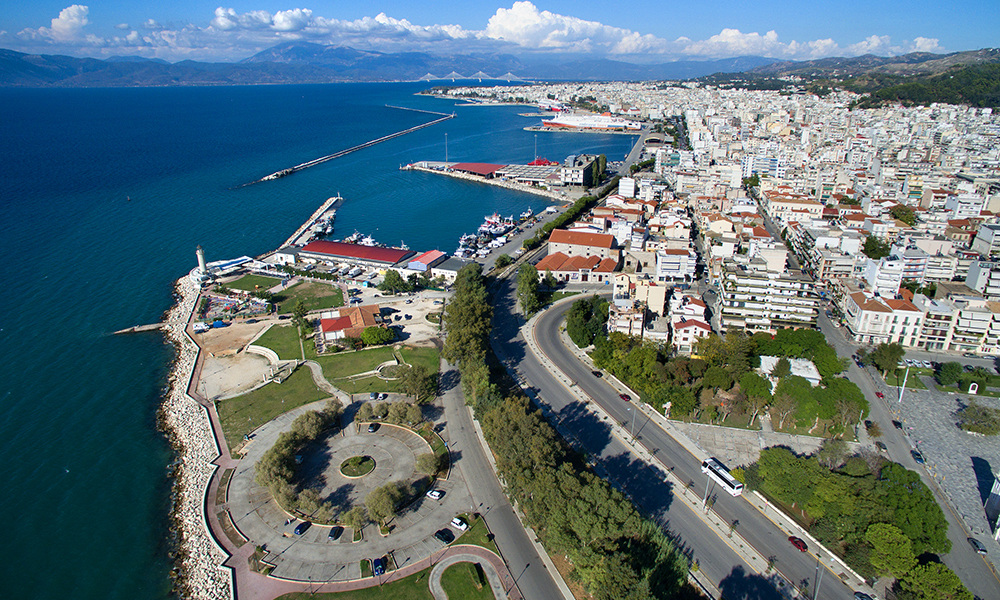
5. SAINT ANDREW’S CATHEDRAL
This is a church dedicated to the First-called (as he is known in the Orthodox tradition) disciple of Christ, and patron saint of Patras. Inside the church is kept part of the skull of the saint and a piece of the cross of his martyrdom.
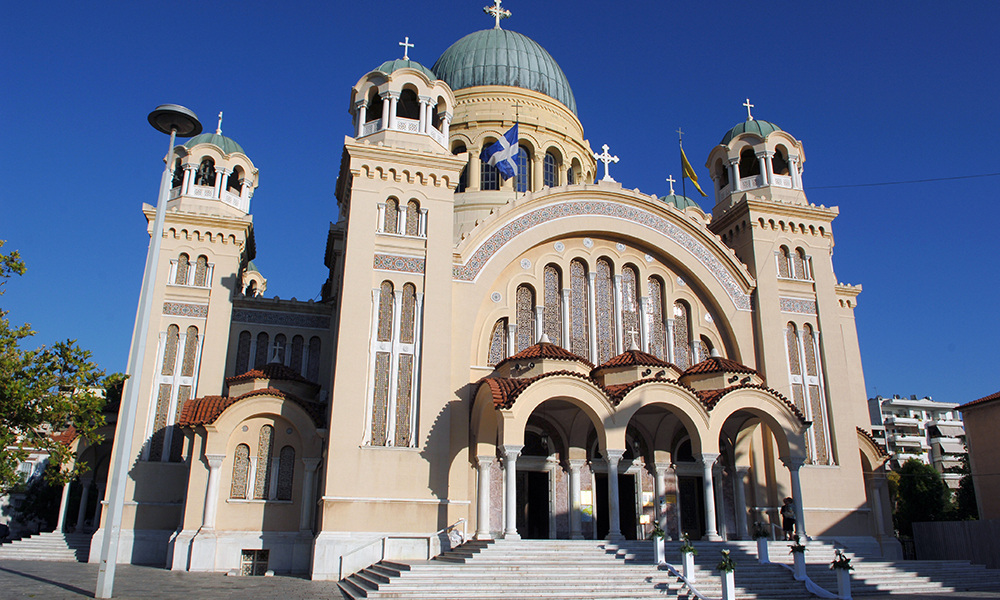
THE NEW ARCHAEOLOGICAL MUSEUM OF PATRAS
The Archaeological Museum of Patras, designed by the architect Theofanis Bobotis, contains finds from the Prehistoric era until the later Roman period from the wider area of Achaia. The exhibits are on display in three rooms, each with a different theme: private life, public life and the necropolis. A fourth room houses temporary exhibitions. There is also a shop, a room for educational programmes, a room for multimedia and virtual tours, an area for serving the public and a small amphitheatre which hosts lectures.
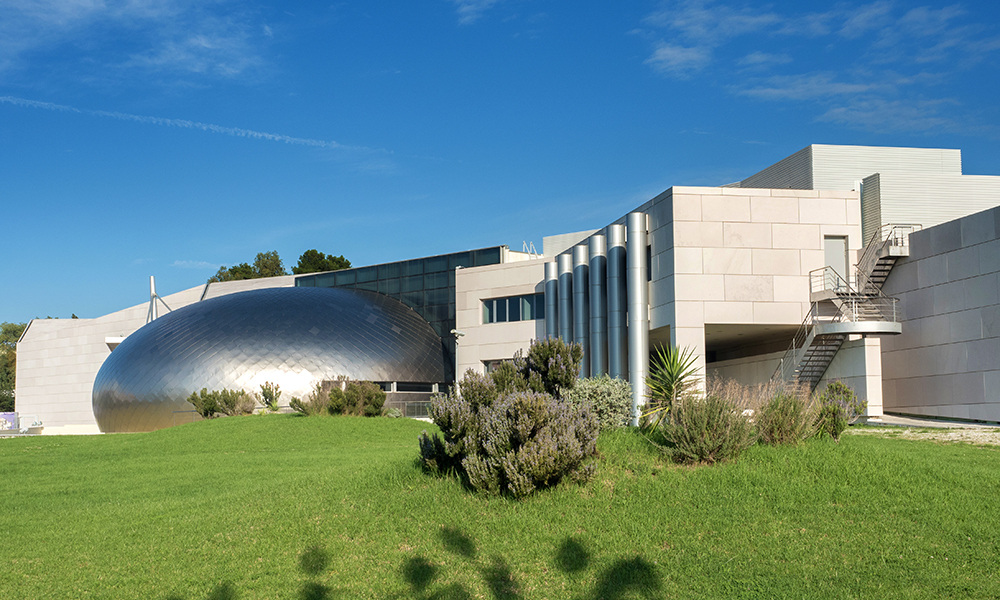
CARNIVAL
Its history goes back to 1829, when the first recorded carnival dance in the city took place. Since then rich and poor alike celebrate the carnival every year, creating a tradition which has remained alive and well up till the present day. More than 40,000 revellers participate in the main parades which take place on the last weekend of the carnival, giving a unique atmosphere to the celebrations with their high spirits, imagination and plenty of satire.
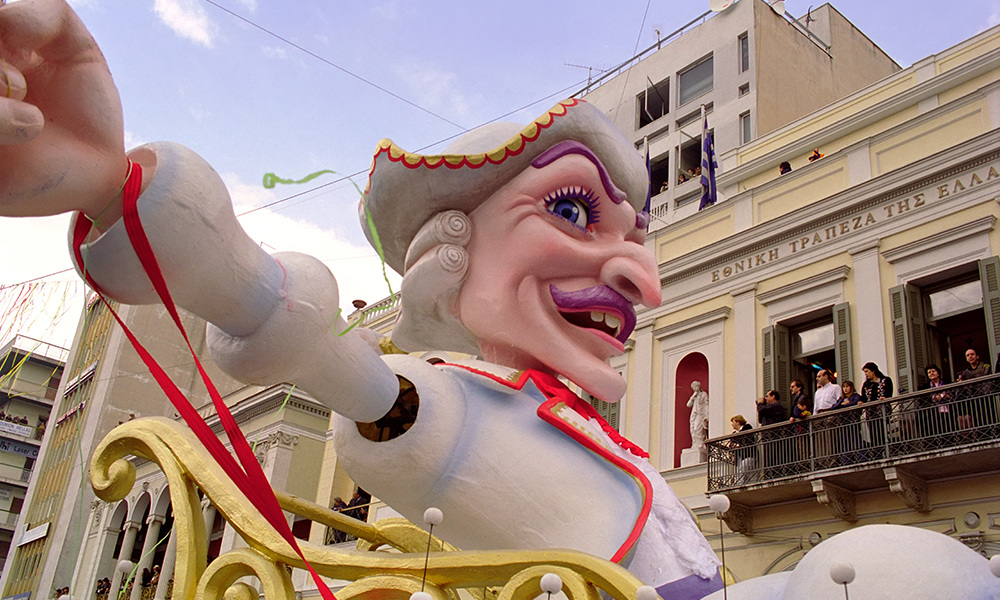
VOUDENI MYCENAEAN CEMETERY
The cemetery of the Mycenaean settlement covers an area of 18,000 square metres on a low hill to the north of Patras. About 75 chamber tombs have been excavated and date back to the period 1500 to 1050 B.C.
